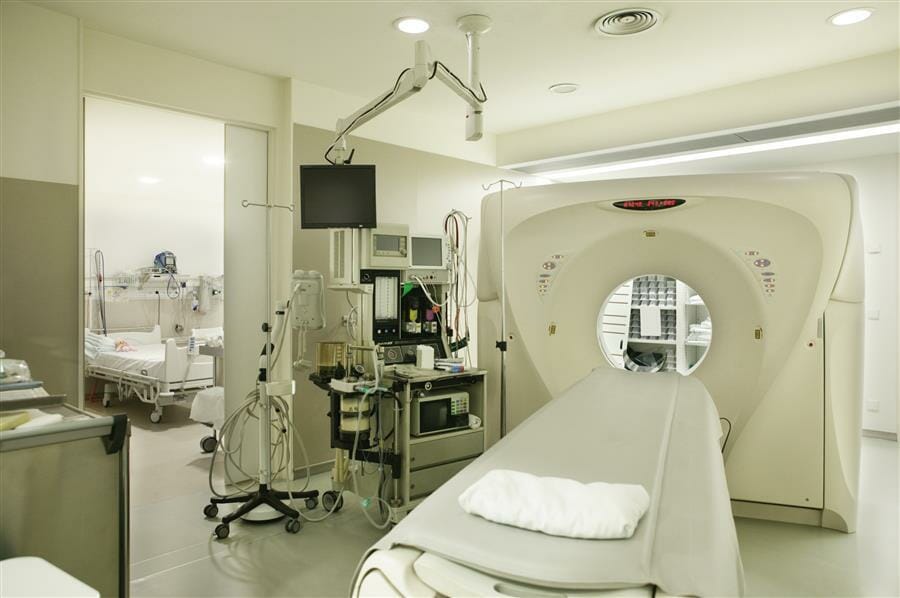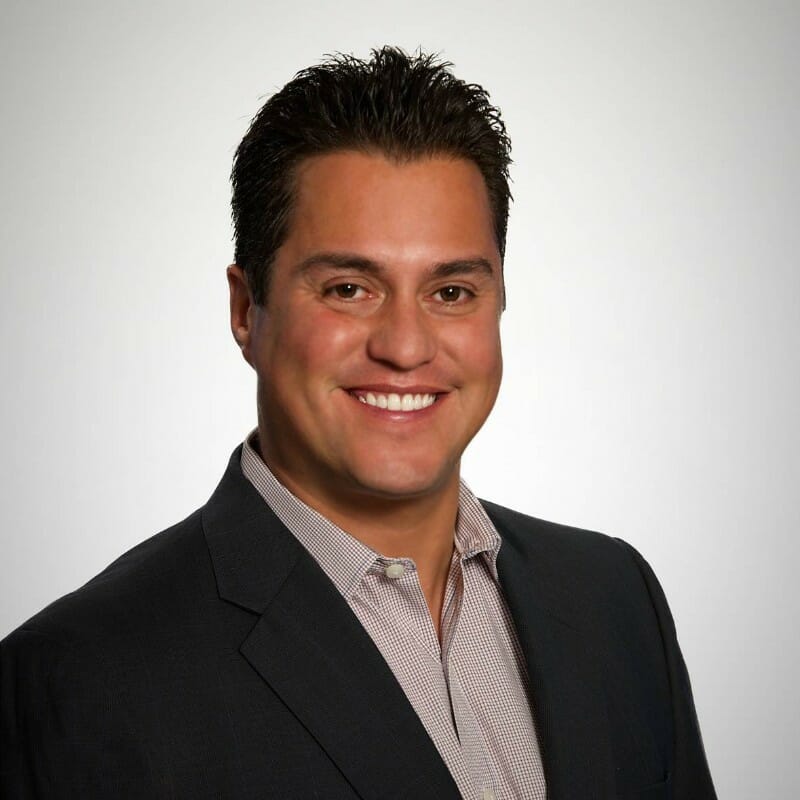We’re seeing plenty of good news coming from a new study of medical device service organizations, as it finds significant recent improvements in the metrics commonly used to measure service teams’ performance.

Even better news is beginning to unfold as top-performing organizations put the tools powered by artificial intelligence — the same tools that played a role in the recent improvements — to work while dealing with some of their most vexing workforce and customer challenges.
A well-rounded view illustrating the rising trends of AI-powered tools for service organizations in the medical-device industry comes into focus in The Aquant 2023 Medical Device Benchmark Report.
The newly published report relies on data collected from 44 organizations that employ more than 15,000 technicians, including analysis of more than 4.6 million work orders covering more than $3.4 billion in total service costs. Across each company surveyed, there was an average of 3.5 years of service data gathered — including service tickets, inventories, and even technicians’ handwritten notes.
The study found:
- The Average Resolution Cost — a metric that includes all the costs involved with the successful closure of a service ticket — fell by an average of 3.9 percent.
- First-Time Fix Rates, which measure how often technicians are able to fix an issue on their first try, increased by more than 4.5 percent across the 44 organizations that participated in The Aquant 2023 Medical Device Benchmark Report.
- Time Between Service Visits jumped by more than 34 percent as service organizations took the lessons of the pandemic and leaned into self-service and remote-service options to replace costly site visits by technicians.
These improvements came during a time when demand was high and medical device service teams were facing pressures to resolve more cases than they’re typically used to. The data shows that service teams recorded an average 2.5% increase in service events during the pandemic and immediate post-pandemic period. As a result, the technician staffing numbers rose by 6%.
While it’s clear that no single factor accounted for the improvements in service metrics, smart deployment of artificial intelligence drove many of the small-but-mighty changes that cumulatively brought noteworthy results.
Medical device service organizations adopted tools powered by AI and predictive technology to gain greater visibility into their operations and the needs of their customers. As a result, they were able to shift quickly to meet changing needs in the market.
AI also allowed top-performing service teams to provide greater resources for their technicians. Notably, they began to use AI technology to share knowledge more widely across teams, allowing less-experienced technicians to tap into the experience and tribal knowledge of industry veterans. This proved particularly important when service organizations needed to staff up quickly to meet increased demand during the pandemic and post-pandemic years.
The service intelligence based on AI also improved the customer experience for successful service teams in the medical devices industry. With AI, service teams are empowered to offer personalized recommendations that dramatically improve customer interactions with call centers and chatbots. Customers experience less downtime, and service teams take greater pride in the excellence of their work.
But the yet more good news is on the way as service intelligence platforms are adopted more widely across the medical products sector.
The most immediate benefits are likely to arrive for organizations that continue to invest in AI-powered tools to improve the skills of their workforce.
Leaders of service teams often say that recruitment and training are among the most significant headaches they encounter. The Aquant 2023 Medical Device Benchmark Report supports this observation. In fact, it suggests that workforce issues may be even more troublesome than leaders believe.
The problem arises, researchers found, because of the knowledge gap between top-performing service technicians and bottom-performing (less-experienced) newcomers. Organizations have faced challenges as Baby Boomer workers retire more quickly than their replacements are hired.
The net effect: The Aquant 2023 Medical Device Benchmark Report found that, on average, technicians completed 3.3 percent fewer work orders, a strong indication that organizations are not able to get their less-experienced workers trained and up-to-speed as quickly as they need, resulting in lower productivity, which generates strong headwinds that are difficult to overcome.
Even in top-performing organizations, there’s a 30% difference in average resolution costs between the best and the lower-performing technicians. When researchers looked at organizations that struggle, they found that the gap can top 200%. The additional costs seep throughout the service operation. Lower-skilled technicians require more visits to solve an issue. They tend to shotgun parts — ordering more than they need because they’re not certain what the job requires. And they simply take more time to finish a work order.
If the skills of low-performing employees were boosted to an average level, service costs would be reduced by 7%. If all the members of a service team shared the skills and knowledge of top performers, service costs could be trimmed by a full 30%.
Effects of the knowledge gap have become more pronounced as service organizations deal with widespread retirements of highly experienced Baby Boom workers who take decades of hard-earned experience with them. Top organizations are determined to capture this tribal knowledge and get it into the hands of less-experienced technicians. Service intelligence tools, especially those powered by service-language processing, which understand the industry’s specialized terminology, play an increasingly important role in reducing knowledge gaps across service teams.
The deployment of AI-driven training tools allows workers to feel greater satisfaction in their work as they complete complex assignments. That, in turn, improves retention, especially among younger workers who expect to find cutting-edge technological resources on the job.
Service intelligence platforms also may slow the loss of highly experienced technicians. Many leaders of service teams understandably choose to send their best, most-experienced field service engineers to handle the most challenging jobs. But a steady routine of difficult jobs, especially if the routine requires substantial travel, contributes to burned-out technicians who look for the exit. They’re more likely to stay if some of the heavy liftings is shared with newcomers whose skills have been strengthened.
While the use of AI-driven platforms to reduce skills gaps represents a major opportunity for service teams, wider adoption of service intelligence will make itself felt all across organizations.
Savvy leaders, for instance, are using AI to gain a better understanding of the patterns in their service data, learn what works and make better decisions about people and processes. They no longer rely on hunches and intuition; they trust data to improve the customer experience.
The adoption of service intelligence and other AI-powered tools played a major role in the improved metrics of medical device service organizations in recent years. As leaders of service teams build further on these gains, their trust in AI-powered service intelligence will continue to grow. With that, medical device service organizations will be able to recruit and train stronger teams, discover efficiencies great and small and focus ever more effectively on delivering a customer experience that exceeds customer expectations every time.
Editor’s Note: Sidney Lara is currently the Service Principal at Aquant, a software company focused on bringing service intelligence to field service organizations through AI and data-powered platforms. With over 20 years of experience in operations and service leadership, Sidney is passionate about eliminating waste from business processes and focusing on activities creating value for customers. Sidney started his career as a field technician working his way through various technical and operations leaderships roles. Prior to joining Aquant, Sidney worked for RATIONAL USA as Vice President of North America Service.
